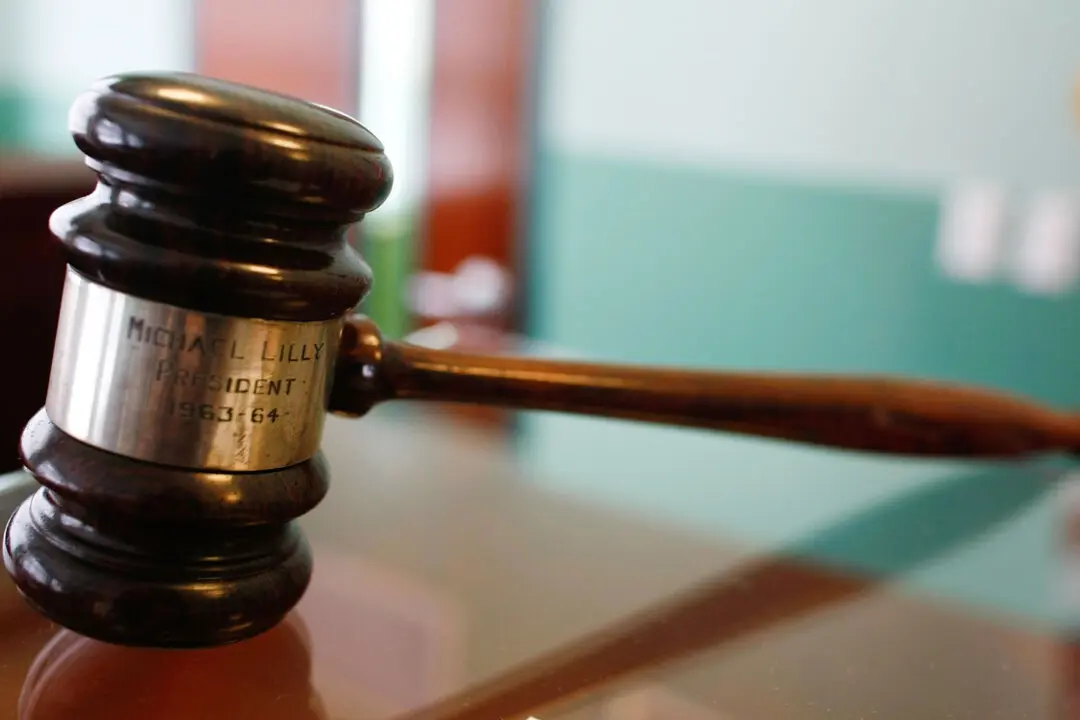A Queensland fisherman captured a 1.7 metre (5.5 foot) saltwater crocodile at a North Queensland dam, sparking an investigation by Queensland wildlife officers.
The man was night-fishing on Saturday at Peter Faust Dam, 26 kilometres (16 miles) inland from Proserpine in the Whitsunday region.





